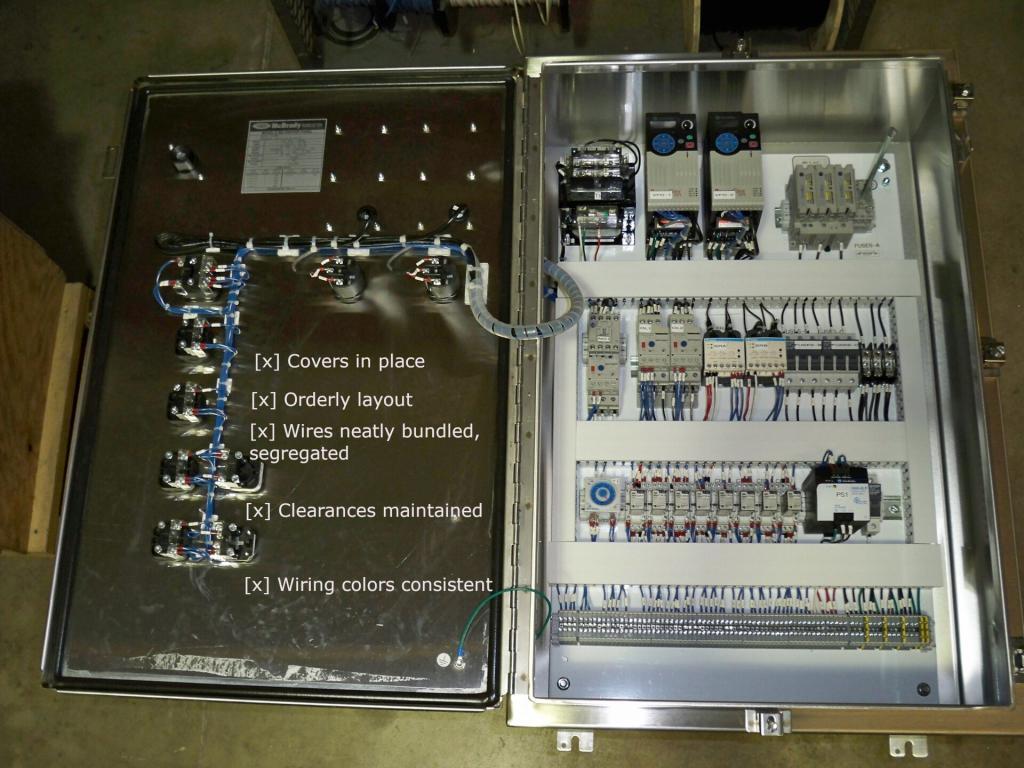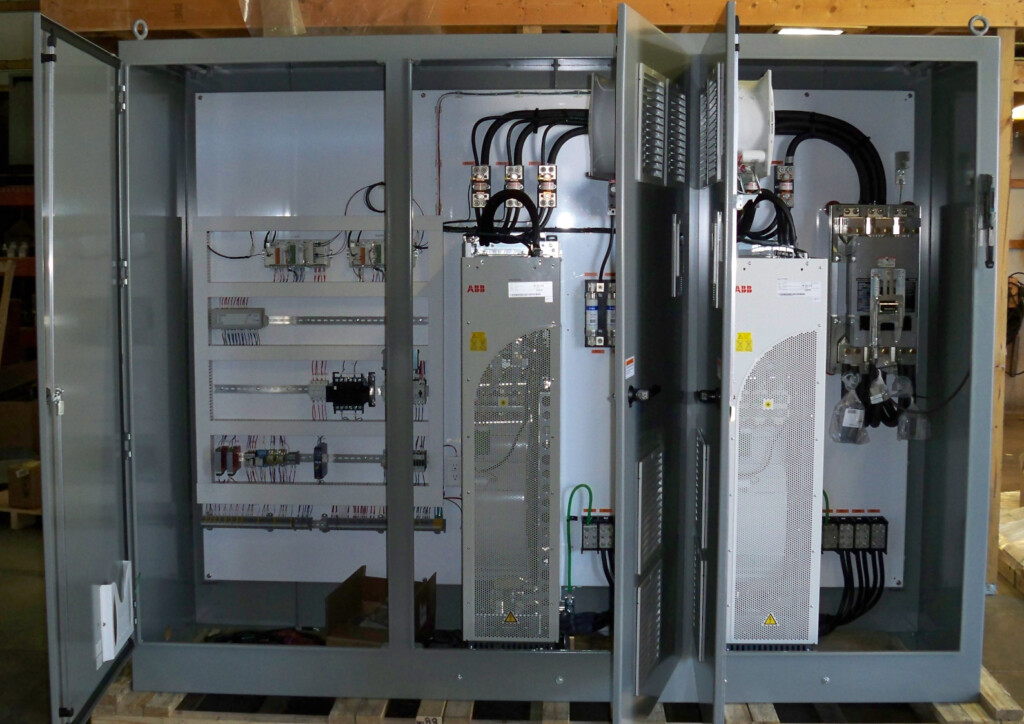Typical Variable Speed Drive Faults and How to Troubleshoot Them
Over the next few columns, we’ll examine some of the more common faults experienced by variable speed drives, their causes, and some ways to resolve them.
Modern variable speed drives (VSDs, a.k.a. VFDs or ASDs) are very reliable devices when installed and maintained properly. However, VSDs can experience faults, alarms, and errors from time to time, just as can any complex electronic component. It is helpful to know how to deal with such issues when they occur. Over the next few columns, we’ll discuss some of the more common faults that might be seen, and how to address them efficiently and with minimal wasted effort. I will be referencing troubleshooting methods recommended by a variety of VSD manufacturers we use, although many of these approaches will be suitable, with minor modifications, for any modern VSD.
Before we begin, let’s cover some general considerations applicable to any troubleshooting process. First, the manufacturer’s manual is usually your best source for determining the problem and what to do about it. Often the manual will have a decision tree or block diagram detailing the specific steps needed to troubleshoot each fault or alarm. This can […]






